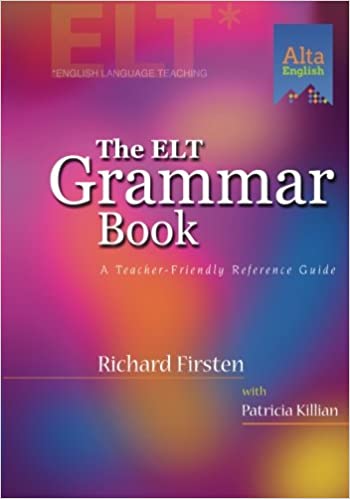Non-countable nouns cannot be quantified with numbers. They also follow several other grammar rules. In my last two posts, we’ve looked at the nine types of nouns that are usually treated as non-countable. As a general rule, these nouns should be treated as non-countable. However, for each kind of noun, there are some exceptions to the rules.
Below, I list the exceptions to the rules for each of the nine categories of non-countable nouns. Example sentences are included in italics. Enjoy!
Abstract concepts
- Can be countable when…
- Different types of a noun are being discussed.
There are different angers. The anger at being insulted is different from the anger you feel when a loved one dies. - The word “design” is used to describe a printed or viewable design
My notebook is full of designs. - The word “misunderstanding” is used to refer to specific events
There were several misunderstandings between my mother and me as we planned for the wedding.
- Different types of a noun are being discussed.
Academic subjects and professional fields
- Can be countable when…
- Actually, there are very few exceptions, if any. These nouns are almost always non-countable
Activities
- Can be countable when…
- Different types of the noun are being discussed
The judge made many different judgments on many different court cases.
There are two different footballs: North American football and soccer football. - Note: Activities ending in –ing sound very strange when they are given a plural “s.” It is better to allow them to remain non-countable.
- Different types of the noun are being discussed
Languages
- Can be countable when…
- Different varieties of the same language are being discussed
Of all the Englishes I hear, Indian and Caribbean English are the most difficult Englishes for me to understand.
- Different varieties of the same language are being discussed
Physical/medical conditions or treatments
- Can be countable when…
- Different varieties or instances of the same noun are being discussed
Some cancers are harder to treat than others.
Her surgeries included removal of her kidney and removal of her gall bladder.
- Different varieties or instances of the same noun are being discussed
Phenomena
- Can be countable when…
- A phenomenon is described as a specific event
The rains fell on Monday and Thursday. - A phenomenon is given a discrete shape or physical limitation
There are three fires at the camp. - Different types of a phenomenon are being discussed
Smokes from burning hickory wood and cedar wood were used to flavor the meat.
- A phenomenon is described as a specific event
Groups of similar items
- Can be countable when…
- Different types of the same noun are being discussed
Is that organic garbage or chemical garbage? There are different kinds of garbages.
- Different types of the same noun are being discussed
Liquids and gasses
- Can be countable when…
- Different types of the same noun are being discussed
There is freshwater, saltwater, rainwater and toilet water; there are so many waters!
The world has many airs—thin, cold mountain airs, thick hot airs found in jungles, etc… - Gasses or liquids have discrete shapes or boundaries
The mists hung over the wetland in strands and pieces.
The Mississippi River and the Indian Ocean are very different waters - Liquids are in containers, especially if they’re being purchased or bought.
I went to a restaurant with my wife and two children. We ordered two juices and two milks.
- Different types of the same noun are being discussed
Solid substances
- Can be countable when…
- “Stone” refers to an object instead of a substance
They threw stones into the river. - Different types of the same noun are being discussed
There are cold weather concretes and concretes for hot climates.
- “Stone” refers to an object instead of a substance
Thanks that are made of small strands or tiny pieces
- Can be countable when…
- Two different types of the same noun are being discussed
There are wild rices and cultivated rices. Which rice will you grow on your farm? - Individual thin strands of a noun are being discussed
I cut two hairs from my head.
I tied three threads together.
- Two different types of the same noun are being discussed





